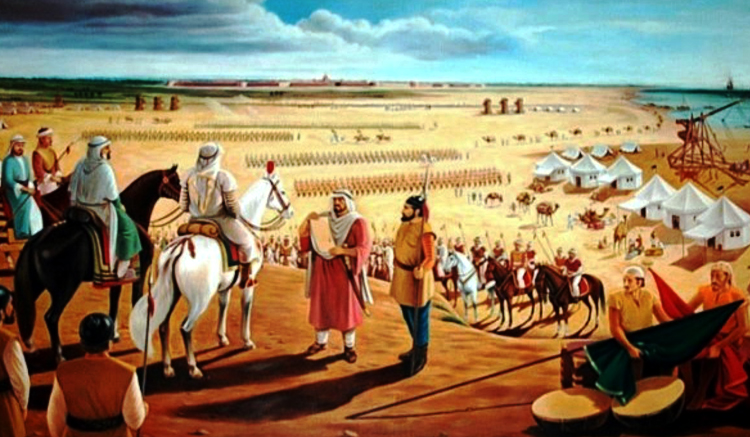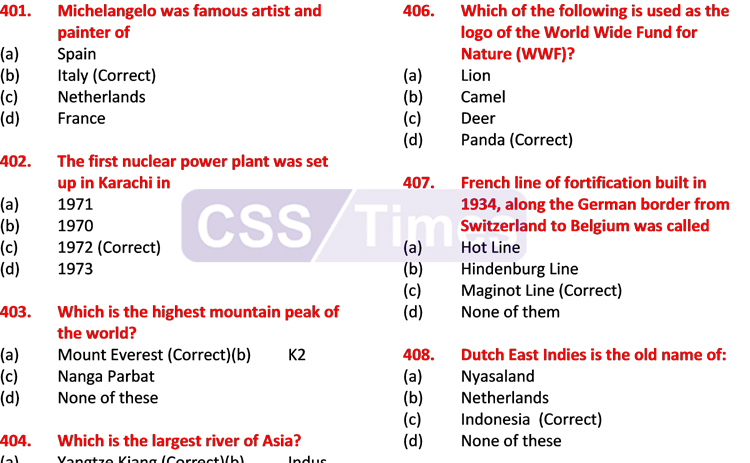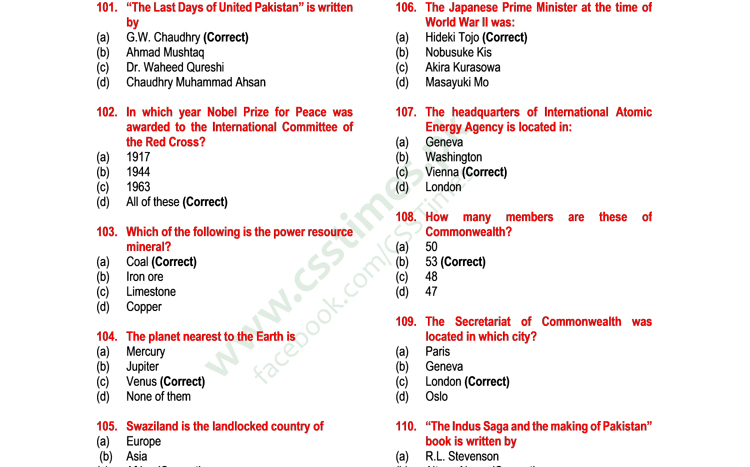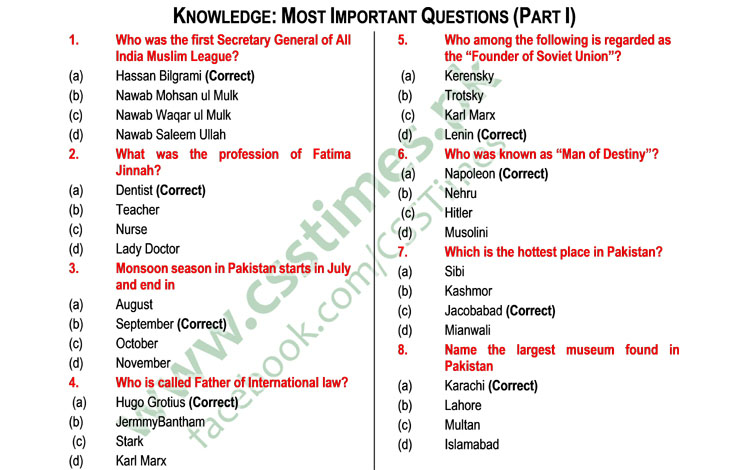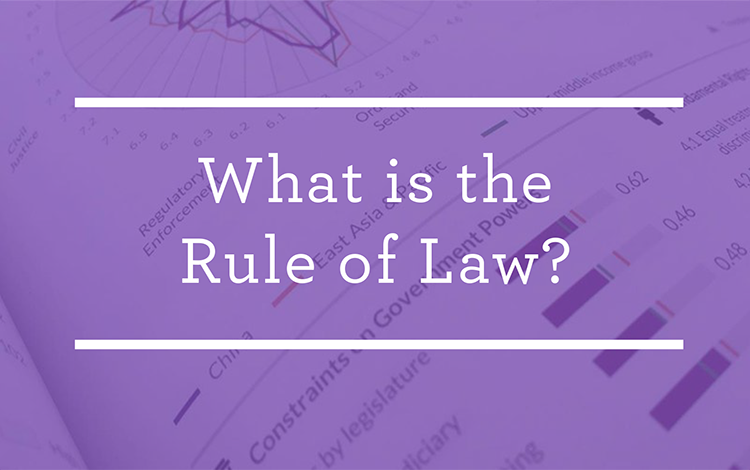| Scientific Laws |
Field |
Person(s) Named After |
| Abel’s theorem |
Calculus |
Niels Henrik Abel |
| Amdahl’s law |
Computer science |
Gene Amdahl |
| Ampère’s circuital law |
Physics |
André-Marie Ampère |
| Archie’s law |
Geology |
Gus Archie |
| Archimedes’s principle
Axiom of Archimedes |
Physics
Analysis |
Archimedes |
| Arrhenius equation |
Chemical kinetics |
Svante Arrhenius |
| Avogadro’s law |
Thermodynamics |
Amedeo Avogadro |
| Bell’s theorem |
Quantum mechanics |
John Stewart Bell |
| Benford’s law |
Mathematics |
Frank Benford |
| Beer–Lambert law |
Optics |
August Beer, Johann Heinrich Lambert |
| Bernoulli’s principle
Bernoulli’s equation |
Physical sciences |
Daniel Bernoulli |
| Biot–Savart law | scientific laws |
Electromagnetics, fluid dynamics |
Jean Baptiste Biot and Félix Savart |
| Birch’s law |
Geophysics |
Francis Birch |
| Bogoliubov–Born–Green–Kirkwood–Yvon hierarchy |
Physics |
Nikolay Bogoliubov, Max Born, Herbert Green, John Kirkwood, and J. Yvon |
| Bogoliubov transformation | scientific laws |
Quantum mechanics |
Nikolay Bogoliubov |
| Boltzmann equation |
Thermodynamics |
Ludwig Boltzmann |
| Born’s law |
Quantum mechanics |
Max Born |
| Boyle’s law | scientific laws |
Thermodynamics |
Robert Boyle |
| Bragg’s Law |
Physics |
William Lawrence Bragg, William Henry Bragg |
| Bradford’s law |
Computer science |
Samuel C. Bradford |
| Buys Ballot’s law |
Meteorology |
C.H.D. Buys Ballot |
| Byerlee’s law |
Geophysics |
James Byerlee |
| Carnot’s theorem | scientific laws |
Thermodynamics |
Nicolas Léonard Sadi Carnot |
| Cauchy’s integral formula
Cauchy–Riemann equations |
Complex analysis |
Augustin Louis Cauchy
Augustin Louis Cauchy and Bernhard Riemann |
| Cayley–Hamilton theorem | scientific laws |
Linear algebra |
Arthur Cayley and William Hamilton |
| Charles’s law |
Thermodynamics |
Jacques Charles |
| Chandrasekhar limit |
Astrophysics |
Subrahmanyan Chandrasekhar |
| Church–Turing thesis |
Computer science |
Alonzo Church and Alan Turing |
| Coulomb’s law |
Physics |
Charles Augustin de Coulomb |
| Law of Charles and Gay-Lussac (frequently called Charles’s law) |
Thermodynamics |
Jacques Charles and Joseph Louis Gay-Lussac |
| Clifford’s theorem | scientific laws
Clifford’s circle theorems |
Algebraic geometry, Geometry |
William Kingdon Clifford |
| Curie’s law |
Physics |
Pierre Curie |
| Curie–Weiss law |
Physics |
Pierre Curie and Pierre-Ernest Weiss |
| D’Alembert’s paradox
D’Alembert’s principle |
Fluid dynamics, Physics |
Jean le Rond d’Alembert |
| Dalton’s law of partial pressure |
Thermodynamics |
John Dalton |
| Darcy’s law |
Fluid mechanics |
Henry Darcy |
| De Bruijn–Erdős theorem |
Mathematics |
Nicolaas Govert de Bruijn and Paul Erdős |
| De Morgan’s law |
Logic |
Augustus De Morgan |
| Dermott’s law |
Celestial mechanics |
Stanley Dermott |
| Descartes’s theorem |
Geometry |
René Descartes |
| Dirac equation
Dirac delta function
Dirac comb
Dirac spinor
Dirac operator |
Mathematics, Physics |
Paul Adrien Maurice Dirac |
| Drake equation |
Cosmology |
Frank Drake |
| Doppler effect |
Physics |
Christian Doppler |
| Ehrenfest’s theorem |
Quantum mechanics |
Paul Ehrenfest |
| Einstein’s general theory of relativity
Einstein’s special theory of relativity |
Physics |
Albert Einstein |
| Erdős–Anning theorem |
Mathematics |
Paul Erdős and Norman H. Anning |
| Erdős–Beck theorem |
Mathematics |
Paul Erdős and József Beck |
| Erdős–Gallai theorem |
Mathematics |
Paul Erdős and Tibor Gallai |
| Erdős–Kac theorem |
Mathematics |
Paul Erdős and Mark Kac |
| Erdős–Ko–Rado theorem |
Mathematics |
Paul Erdős, Ke Zhao, and Richard Rado |
| Erdős–Nagy theorem |
Mathematics |
Paul Erdős and Béla Szőkefalvi-Nagy |
| Erdős–Rado theorem |
Mathematics |
Paul Erdős and Richard Rado |
| Erdős–Stone theorem |
Mathematics |
Paul Erdős and Arthur Harold Stone |
| Erdős–Szekeres theorem |
Mathematics |
Paul Erdős and George Szekeres |
| Erdős–Szemerédi theorem |
Mathematics |
Paul Erdős and Endre Szemerédi |
| Euclid’s theorem |
Number theory |
Euclid |
| Euler’s theorem |
Number theory |
Leonhard Euler |
| Faraday’s law of induction
Faraday’s law of electrolysis |
Electromagnetism
Chemistry |
Michael Faraday |
| Faxén’s law |
Fluid dynamics |
Hilding Faxén |
| Fermat’s principle
Fermat’s last theorem
Fermat’s little theorem |
Optics
Number theory
Number theory |
Pierre de Fermat |
| Fermi paradox
Fermi’s golden rule
Fermi acceleration
Fermi hole
Fermionic field
Fermi level |
Cosmology, Physics |
Enrico Fermi |
| Fick’s law of diffusion |
Thermodynamics |
Adolf Fick |
| Fitts’s law |
Ergonomics |
Paul Fitts |
| Fourier’s law |
Thermodynamics |
Jean Baptiste Joseph Fourier |
| Gauss’s law
Gauss’s law for magnetism
Gauss’s principle of least constraint
Gauss’s digamma theorem
Gauss’s hypergeometric theorem
Gaussian function |
Mathematics, Physics |
Johann Carl Friedrich Gauss |
| Gay-Lussac’s law |
Chemistry |
Joseph Louis Gay-Lussac |
| Gibbs–Helmholtz equation |
Thermodynamics |
Josiah Willard Gibbs, Hermann Ludwig Ferdinand von Helmholtz |
| Gödel’s incompleteness theorems |
Mathematics |
Kurt Gödel |
| Graham’s law |
Thermodynamics |
Thomas Graham |
| Green’s law |
Fluid dynamics |
George Green |
| Grimm’s law |
Linguistics |
Jacob and Wilhelm Grimm |
| Gustafson’s law |
Computer science |
John L. Gustafson |
| Heisenberg’s uncertainty principle |
Theoretical physics |
Werner Heisenberg |
| Heaps’ law |
LInguistics |
Harold Stanley Heaps |
| Hellmann–Feynman theorem |
Physics |
Hans Hellmann, Richard Feynman |
| Henry’s law |
Thermodynamics |
William Henry |
| Hertz observations |
Electromagnetism |
Heinrich Hertz |
| Hess’s law |
Thermodynamics |
Germain Henri Hess |
| Hilbert’s basis theorem
Hilbert’s axioms
Hilbert function
Hilbert’s irreducibility theorem
Hilbert’s syzygy theorem
Hilbert’s Theorem 90
Hilbert’s theorem |
Mathematics |
David Hilbert |
| Hohenberg–Kohn theorem |
Quantum mechanics |
Pierre Hohenberg and Walter Kohn |
| Helmholtz’s theorems
Helmholtz theorem
Helmholtz free energy
Helmholtz decomposition
Helmholtz equation
Helmholtz resonance |
Thermodynamics
Physics |
Hermann von Helmholtz |
| Hooke’s law |
Physics |
Robert Hooke |
| Hopkinson’s law |
Electromagnetism |
John Hopkinson |
| Hubble’s law |
Cosmology |
Edwin Hubble |
| Hund’s rules |
Atomic physics |
Friedrich Hund |
| Huygens–Fresnel principle |
Optics |
Christiaan Huygens and Augustin-Jean Fresnel |
| Joule’s laws |
Physics |
James Joule |
| Jurin’s law |
Physics |
James Jurin |
| Kasha’s rule |
Photochemistry |
Michael Kasha |
| Kepler’s laws of planetary motion |
Astrophysics |
Johannes Kepler |
| Kirchhoff’s laws |
Electronics, thermodynamics |
Gustav Kirchhoff |
| Kopp’s law |
Thermodynamics |
Hermann Franz Moritz Kopp |
| Lagrangian point
Lagrange reversion theorem
Lagrange polynomial
Lagrange’s four-square theorem
Lagrange’s theorem
Lagrange’s theorem (group theory)
Lagrange invariant
Lagrange multiplier |
Mathematics, Astrophysics |
Joseph-Louis Lagrange |
| Lambert’s cosine law |
Physics |
Johann Heinrich Lambert |
| Lamm equation |
Chemistry, Biophysics |
Ole Lamm |
| Langmuir equation |
Surface Chemistry |
Irving Langmuir |
| Laplace transform
Laplace’s equation
Laplace operator
Laplace distribution
Laplace invariant
Laplace expansion
Laplace principle
Laplace limit |
Mathematics
Physics
Probability Theory
Statistical mechanics |
Pierre-Simon Laplace |
| Le Chatelier’s principle |
Chemistry |
Henri Louis le Chatelier |
| Leibniz’s law |
Ontology |
Gottfried Wilhelm Leibniz |
| Lenz’s law |
Physics |
Heinrich Lenz |
| Leonard–Merritt mass estimator |
Astrophysics |
Peter Leonard, David Merritt |
| l’Hôpital’s rule |
Mathematics |
Guillaume de l’Hôpital |
| Llinás’s law |
Neuroscience |
Rodolfo Llinás |
| Mach principle
Mach reflection |
Physics |
Ernst Mach |
| Marconi’s law |
Radio technology |
Guglielmo Marconi |
| Markovnikov’s rule |
Organic chemistry |
Vladimir Markovnikov |
| Maupertuis’s principle |
Mathematics |
Pierre Louis Maupertuis |
| Maxwell’s equations
Maxwell relations |
Electrodynamics
Thermodynamics |
James Clerk Maxwell |
| Mendelian inheritance/Mendel’s laws |
Genetics |
Gregor Mendel |
| Metcalfe’s law |
Network theory |
Robert Metcalfe |
| Mikheyev–Smirnov–Wolfenstein effect |
Particle physics |
Stanislav Mikheyev, Alexei Smirnov, and Lincoln Wolfenstein |
| Milner–Rado paradox |
Mathematical logic |
Eric Charles Milner and Richard Rado |
| Minkowski’s theorem |
Number theory |
Hermann Minkowski |
| Mitscherlich’s law |
Crystallography
Condensed matter physics |
Eilhard Mitscherlich |
| Moore’s law |
Computing |
Gordon Moore |
| Nash embedding theorem
Nash equilibrium |
Topology
Game Theory |
John Forbes Nash |
| Nernst equation |
Electrochemistry |
Walther Nernst |
| Newton’s law of cooling
Newton’s law of universal gravitation
Newton’s laws of motion |
Thermodynamics
Astrophysics
Mechanics |
Isaac Newton |
| Niven’s theorem |
Mathematics |
Ivan Niven |
| Noether’s theorem |
Theoretical physics |
Emmy Noether |
| Nurgaliev’s law |
Demography |
Nurgaliev’s law |
| Nyquist–Shannon sampling theorem |
Information theory |
Harry Nyquist, Claude Elwood Shannon |
| Occam’s razor |
Philosophy of science |
William of Ockham |
| Ohm’s law |
Electronics |
Georg Ohm |
| Osipkov–Merritt model |
Astrophysics |
Leonid Osipkov, David Merritt |
| Ostwald dilution law |
Physical chemistry |
Wilhelm Ostwald |
| Paley–Wiener theorem |
Mathematics |
Raymond Paley and Norbert Wiener |
| Pareto distribution
Pareto efficiency
Pareto index
Pareto principle |
Economics |
Vilfredo Pareto |
| Pascal’s law
Pascal’s theorem |
Physics
Geometry |
Blaise Pascal |
| Pauli exclusion principle |
Quantum mechanics |
Wolfgang Pauli |
| Peano axioms |
Foundational mathematics |
Giuseppe Peano |
| Planck’s law |
Electromagnetism |
Max Planck |
| Poincaré–Bendixson theorem |
Mathematics |
Henri Poincaré and Ivar Otto Bendixson |
| Poincaré–Birkhoff–Witt theorem |
Mathematics |
Henri Poincaré, George David Birkhoff, and Ernst Witt |
| Poincaré–Hopf theorem |
Mathematics |
Henri Poincaré and Heinz Hopf |
| Poincaré recurrence theorem
Poincaré conjecture
Poincaré lemma |
Mathematics |
Henri Poincaré |
| Poiseuille’s law |
Fluidics |
Jean Léonard Marie Poiseuille |
| Poisson distribution
Poisson’s equation |
Statistics
Calculus |
Siméon Denis Poisson |
| Price’s theorem |
Natural selection |
George R. Price |
| Ptolemy’s theorem |
Geometry |
Ptolemy |
| Pythagorean theorem |
Geometry |
Pythagoras |
| Raman scattering |
Physics |
Sir Chandrasekhara Venkata Raman |
| Rado’s theorem |
Discrete mathematics |
Richard Rado |
| Ramanujan–Nagell equation |
Mathematics |
Srinivasa Ramanujan and Trygve Nagell |
| Raoult’s law |
Physical chemistry |
François-Marie Raoult |
| Riemann zeta function
Riemann hypothesis
Riemann integral
Riemann lemma
Riemannian manifold
Riemann sphere
Riemann theta function |
Number theory, analysis, geometry |
Bernhard Riemann |
| Rolle’s theorem |
Differential calculus |
Michel Rolle |
| Saha ionization equation |
Plasma physics |
Meghnad Saha |
| Schrödinger equation |
Physics |
Erwin Schrödinger |
| Sérsic’s law |
Astrophysics |
J. L. Sérsic |
| Snell’s law |
Optics |
Willebrord van Roijen Snell |
| Sokolov–Ternov effect |
Particle Physics |
Arsenij Sokolov and Igor Ternov |
| Sommerfeld–Kossel displacement law |
Spectroscopy |
Arnold Sommerfeld and Walther Kossel |
| Stefan–Boltzmann law |
Thermodynamics |
Jožef Stefan and Ludwig Boltzmann |
| Stokes’s law |
Fluid mechanics |
George Gabriel Stokes |
| Stoletov’s law |
Photoelectric effect |
Aleksandr Stoletov |
| Tarski’s undefinability theorem
Tarski’s axioms |
Mathematical logic, Geometry |
Alfred Tarski |
| Thales’s theorem |
Geometry |
Thales |
| Titius–Bode law |
Astrophysics |
Johann Daniel Titius and Johann Elert Bode |
| Torricelli’s law |
Physics |
Evangelista Torricelli |
| Umov effect |
Physics |
Nikolay Umov |
| Van der Waals equation |
Chemistry |
Johannes Diderik van der Waals |
| Vlasov equation |
Plasma physics |
Anatoly Vlasov |
| Von Neumann bicommutant theorem
Von Neumann entropy
von Neumann paradox
Von Neumann ergodic theorem
Von Neumann universe
Von Neumann neighborhood
Von Neumann’s trace inequality |
Mathematics, Quantum mechanics |
John von Neumann |
| Weinberg–Witten theorem |
Quantum Gravity |
Steven Weinberg and Edward Witten |
| Weyl character formula |
Mathematics |
Hermann Weyl |
| Wien’s law |
Physics |
Wilhelm Wien |
| Wiener–Khinchin theorem |
Mathematics |
Norbert Wiener and Aleksandr Khinchin |
| Young–Laplace equation |
Fluid dynamics |
Thomas Young and Pierre-Simon Laplace |
| Zipf’s law |
Linguistics |
George Kingsley Zipf |


